The rhythmic symphony of chirping that heralds spring’s arrival has long been a cherished moment for bird enthusiasts worldwide. However, in recent decades, keen observers have noticed something peculiar—birds are arriving earlier, departing later, or in some cases, skipping their traditional journeys altogether. This isn’t mere coincidence or observational bias; it’s a direct consequence of our warming planet. Global warming has begun altering the age-old migratory patterns of numerous bird species, creating ripple effects through ecosystems and challenging both the birds themselves and the humans who cherish them. For bird lovers, understanding these shifts isn’t just academic—it’s becoming essential knowledge that affects when and where they might spot their favorite species, and raises profound questions about conservation in a rapidly changing world.
The Science Behind Bird Migration Timing
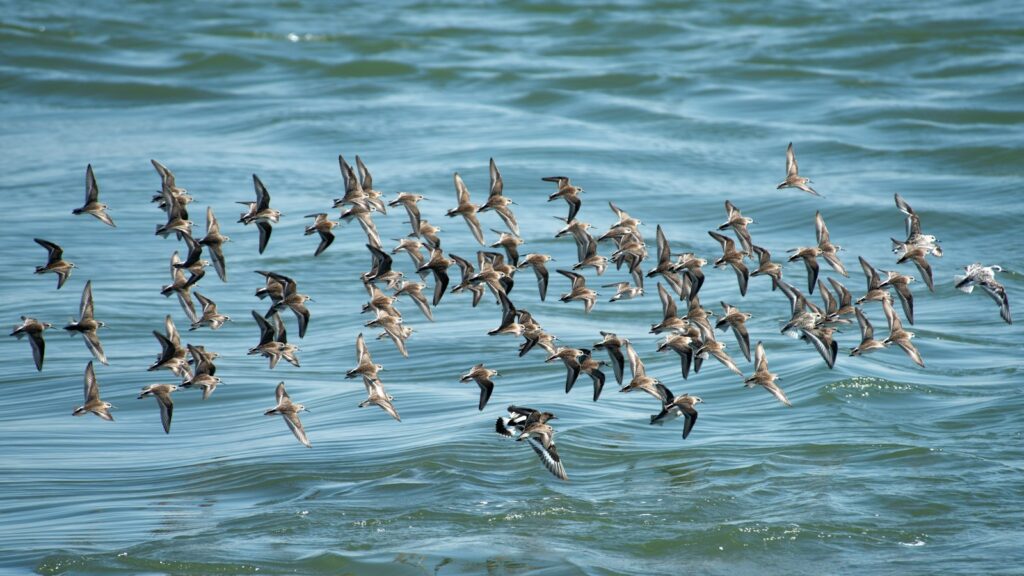
Bird migration represents one of nature’s most remarkable phenomena, with species traveling thousands of miles between breeding and wintering grounds with astonishing precision. Traditionally, birds rely on a combination of environmental cues to time these journeys, including changes in daylight hours (photoperiod), temperature fluctuations, and food availability. These cues have evolved over millennia to ensure birds arrive at their destinations when conditions are optimal—when insects are emerging, seeds are available, or nesting sites are suitable. Unlike mammals, birds possess specialized cells that can detect minute changes in daylight duration, allowing them to prepare physiologically for their journeys by building fat reserves and developing flight muscles. However, while photoperiod remains constant year after year, temperature and precipitation patterns—also crucial migration triggers—are now changing rapidly due to global warming, creating a potential mismatch between traditional timing cues and actual ecological conditions.
Global Warming’s Impact on Seasonal Patterns

Global warming has fundamentally altered the seasonal rhythms that birds have relied upon for thousands of years. Spring temperatures now arrive on average 2-3 weeks earlier across many northern latitude regions compared to just fifty years ago, with some areas experiencing even more dramatic shifts. These changes create a cascading effect through ecosystems, with plants flowering earlier, insects emerging sooner, and the entire biological calendar advancing at unprecedented rates. However, this advancement isn’t uniform across all ecosystems or species, creating dangerous mismatches between predators and prey, pollinators and plants. For migratory birds, these changes present a particular challenge—if they continue to arrive on their traditional schedule but spring has already advanced, they may miss peak food availability during the critical breeding period. Conversely, if they arrive too early, they may face harsh conditions if seasonal weather patterns suddenly revert to winter norms.
Earlier Spring Arrivals: The New Normal
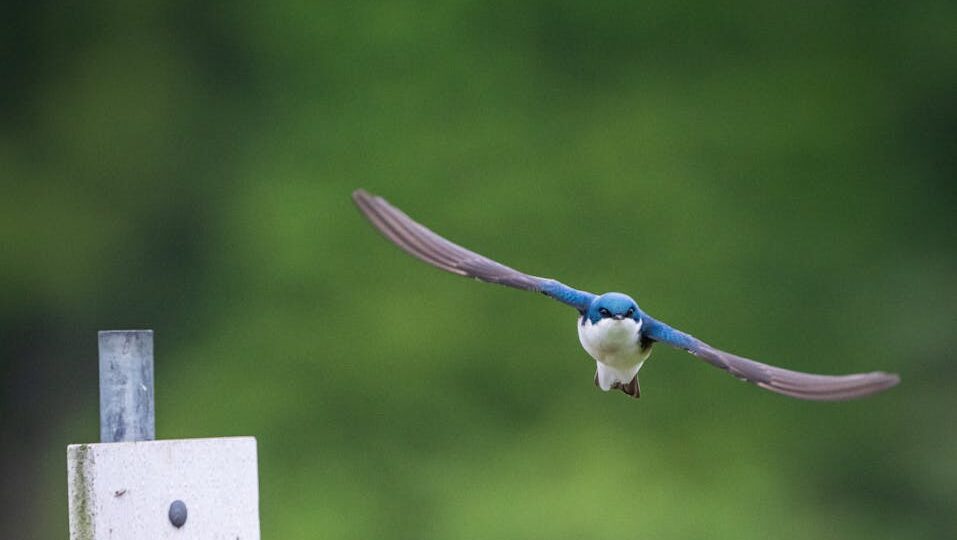
Across North America and Europe, ornithologists and citizen scientists have documented a clear trend of earlier spring arrivals for numerous migratory species. The European Pied Flycatcher now arrives at breeding grounds up to a week earlier than it did in the 1980s, while American Tree Swallows have advanced their spring arrival by approximately 9 days since the mid-20th century. These shifts appear most pronounced in short and medium-distance migrants that winter in temperate regions, as they can more readily detect changing conditions along their route. Data from bird observatories, banding stations, and migration monitoring programs demonstrate that these changes aren’t isolated incidents but represent a widespread pattern affecting dozens of species across multiple continents. For bird enthusiasts, this means traditional calendar-based expectations about when certain species will appear in backyards or local parks are becoming increasingly unreliable, requiring a more flexible and observant approach to seasonal bird watching.
Delayed Fall Departures: Extending the Season

While spring arrivals have garnered significant attention, changes in fall migration timing may be equally consequential for bird populations. Many species now depart their breeding grounds weeks later than historical records indicate, extending their stay in northern latitudes well into the traditional migration period. Ruby-throated Hummingbirds, once reliable in their early September departures from the northeastern United States, now frequently remain until October in many regions. This delay appears driven by extended warm periods in autumn that maintain adequate food resources and favorable conditions longer than in previous decades. For some species, this extended breeding season may initially seem beneficial, potentially allowing for additional nesting attempts or longer fledgling development periods. However, delayed departures also carry risks, particularly if birds miscalculate and encounter sudden severe weather events or find themselves making energy-intensive migrations during less favorable conditions with depleted food resources along their routes.
Long-Distance Migrants Face Greater Challenges

Birds that undertake the longest migrations, particularly those traveling between continents, face especially difficult challenges in adapting to climate change. Species like Bar-tailed Godwits, Arctic Terns, and many neotropical warblers make journeys spanning thousands of miles, often with remarkable timing precision developed over evolutionary timescales. These long-distance specialists typically rely more heavily on internal, genetic calendars rather than environmental cues alone, making rapid adaptation to changing conditions more difficult. Research indicates that many trans-equatorial migrants show less pronounced shifts in their arrival dates compared to shorter-distance migrants, creating potential competitive disadvantages when they reach breeding grounds. This inflexibility becomes particularly problematic when conditions at widely separated breeding and wintering grounds change at different rates, forcing birds to essentially navigate between two climate systems that are becoming increasingly disconnected temporally. Conservation efforts for these species must now consider climate impacts across multiple continents and migration pathways simultaneously.
The Ecological Mismatch Problem
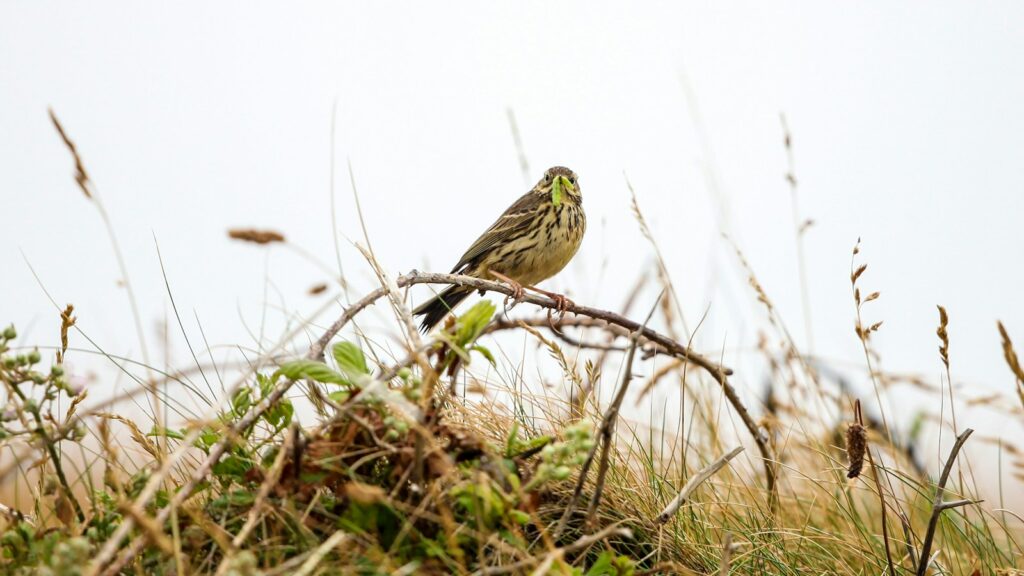
Perhaps the most concerning aspect of shifting migration timing is the potential for ecological mismatches between birds and their food sources. Many migratory species have evolved to arrive precisely when their preferred food—whether caterpillars, flying insects, or specific plant seeds—reaches peak abundance. The classic example involves Great Tits and Winter Moths in Europe, where researchers have documented caterpillar emergence advancing more rapidly than the birds’ breeding schedule, creating a mismatch that reduces nesting success. Similar patterns affect migratory species, with some arriving after peak insect emergence has already passed. These mismatches can have severe demographic consequences, as birds expend enormous energy reaching breeding grounds only to find reduced food availability during the energy-demanding period of reproduction. Long-term studies in Europe have already demonstrated population declines in species that haven’t adequately adjusted their timing to match advancing spring conditions, revealing how these seemingly small timing shifts can have major conservation implications.
Range Shifts Accompanying Timing Changes

As migration timing shifts, many bird species are simultaneously expanding or contracting their ranges in response to climate change. American Robins now winter approximately 250 miles further north on average than they did just forty years ago, while European Blackcaps have developed entirely new migration routes to take advantage of milder winter conditions in Britain rather than their traditional Mediterranean wintering grounds. These range adjustments often accompany changes in migration timing, with some species shortening their migrations or becoming more sedentary as northern winters moderate. For bird watchers, these shifts create both challenges and opportunities—familiar species may disappear from traditional locations while new arrivals extend their ranges into previously unoccupied territories. Citizen science projects like eBird, the Christmas Bird Count, and various breeding bird surveys have become invaluable for tracking these dynamic changes in real-time, allowing both scientists and bird enthusiasts to document the ongoing redistribution of avian biodiversity across continents.
Winners and Losers in a Warming World
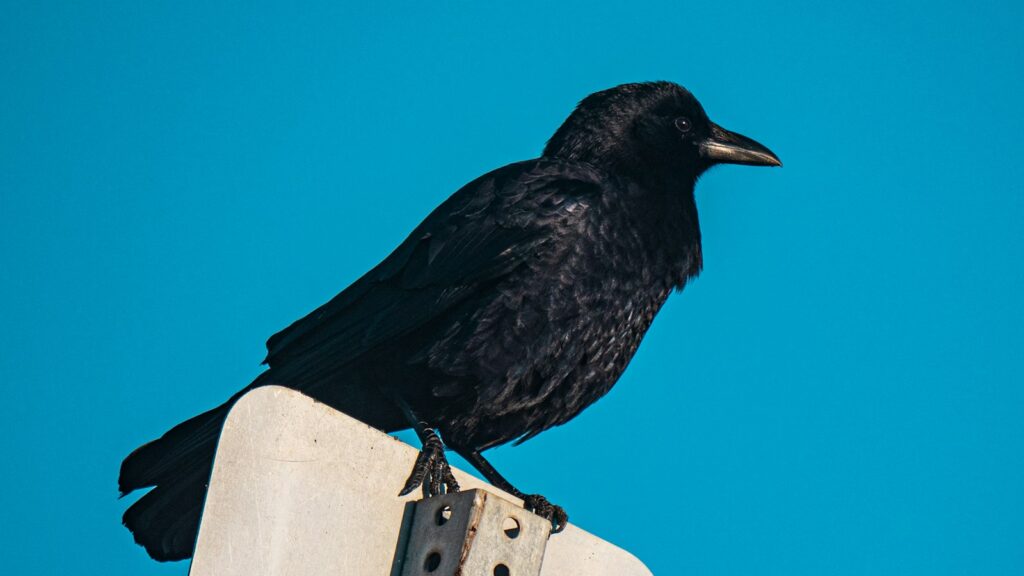
Not all bird species respond equally to climate-driven changes in seasonal timing, creating distinct winners and losers in this rapidly shifting landscape. Species with greater behavioral flexibility, broader diets, and shorter generation times generally show more successful adaptation to changing migration windows. European Blackcaps, for instance, have quickly evolved new migration routes and timing in just a few decades, while many generalist species like American Crows have reduced their migratory behavior altogether. In contrast, highly specialized species with strict habitat requirements and inflexible migration patterns often struggle to adapt quickly enough. The Red Knot, which times its migration to coincide with the brief horseshoe crab spawning period in Delaware Bay, faces serious challenges as this critical food source shifts its own timing. Similarly, species that migrate in family groups, where migration knowledge transfers culturally between generations, may have more difficulty adapting than those with more genetically controlled migration patterns that can evolve through natural selection.
How Bird Watchers Can Help Document Changes

Bird enthusiasts play an increasingly crucial role in tracking and understanding migration timing shifts through citizen science initiatives. Platforms like eBird have revolutionized ornithological research by collecting millions of standardized observations that allow scientists to detect subtle changes in arrival and departure dates across vast geographic scales. Backyard bird watchers who maintain consistent recording practices over years or decades provide particularly valuable data by controlling for observer effort and location variables. Project FeederWatch participants have contributed to major scientific discoveries about changing winter bird distributions, while migration monitoring programs like hawkwatches depend almost entirely on volunteer observers to maintain long-term records of raptor movements. For the individual bird watcher, maintaining a consistent personal phenology journal—recording first spring sightings, last fall appearances, and unusual timing events—can provide both personal satisfaction and scientifically valuable information when shared with appropriate databases. Even casual observations of “unusually early” or “surprisingly late” birds, when properly documented with photographs and submitted to verified databases, contribute meaningful data points to our collective understanding of these changes.
Adaptation Strategies for Bird Conservation
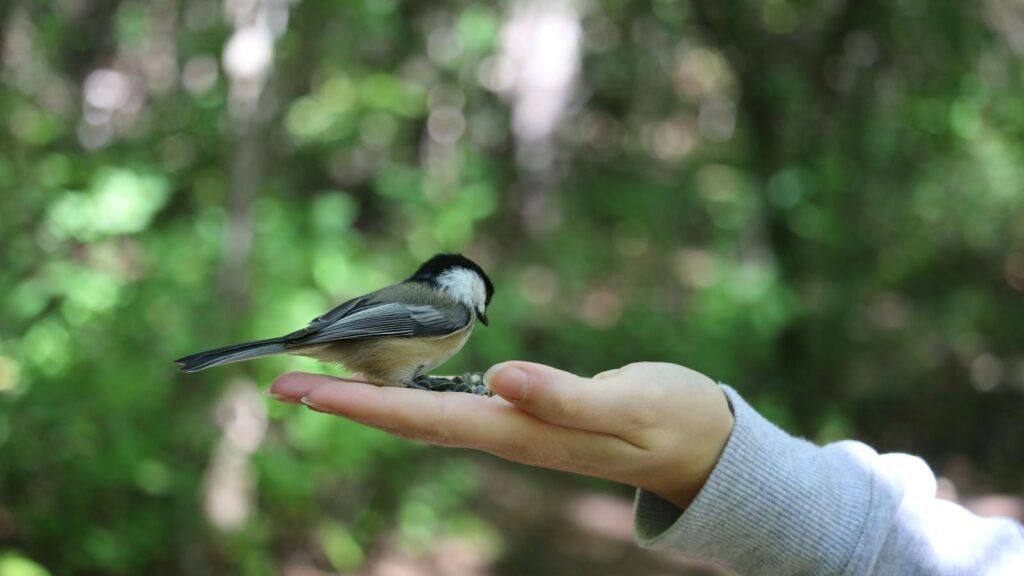
Conservation organizations are developing innovative approaches to address the challenges posed by shifting migration timing. Protected area networks, traditionally designed around historical bird distributions and movement patterns, are being reevaluated to ensure they remain effective as timing and ranges change. Habitat restoration efforts increasingly focus on creating resilient landscapes with diverse microhabitats and food resources available across extended seasons to accommodate greater variability in arrival times. Conservation agencies have begun implementing dynamic protected areas that shift seasonally based on bird movements rather than remaining fixed year-round. Captive breeding programs for critically endangered migratory species now consider how to accommodate or even selectively breed for timing flexibility as part of genetic management strategies. Perhaps most importantly, conservation planning increasingly adopts scenario-based approaches that anticipate multiple possible futures rather than assuming historical patterns will persist, allowing for adaptive management as conditions continue to change unpredictably.
Practical Implications for Backyard Bird Enthusiasts

For backyard bird enthusiasts, changing migration patterns require adjustments to traditional feeding and gardening practices. Many bird lovers now maintain feeding stations for longer periods both earlier in spring and later in fall to accommodate extended presence of migratory species. Native plant selection for bird-friendly gardens increasingly emphasizes species with extended flowering or fruiting periods, providing resources across a wider seasonal window to support birds with shifting schedules. Installing water features that remain accessible during unexpected seasonal dry periods has become more important as birds may arrive before or after traditional precipitation patterns. Nesting box maintenance schedules require greater flexibility, with cleaning and preparation potentially needed earlier than traditional spring timing would suggest. Many dedicated bird enthusiasts also report adjusting their own schedules and expectations, remaining alert for unusual early arrivals or late departures, and maintaining field guides and binoculars at the ready for longer portions of the year to catch unexpected visitors that appear outside their traditional windows.
The Future of Bird Migration in a Warming World
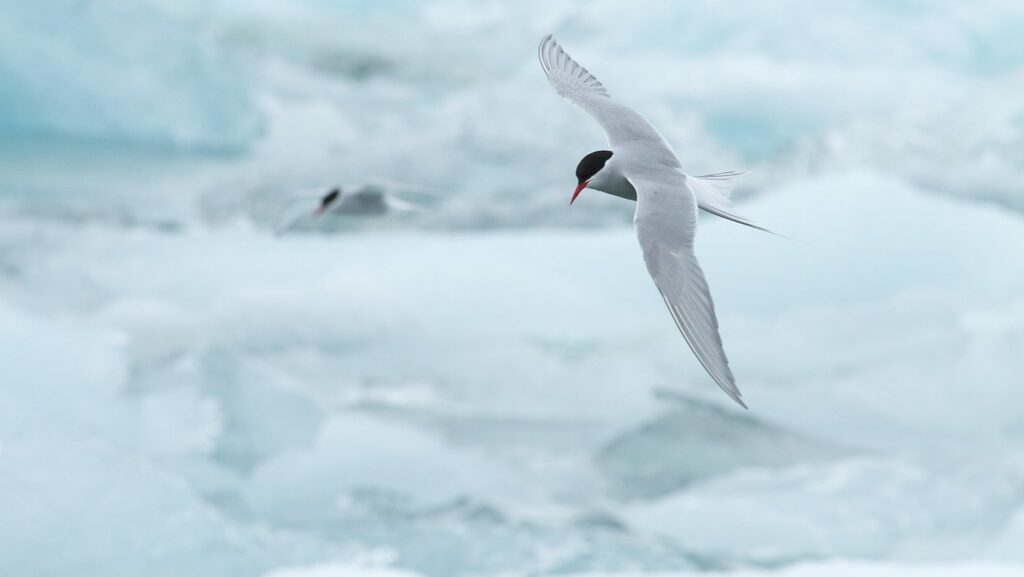
Looking ahead, scientists project that migration timing will continue to shift as global temperatures rise further in coming decades. Climate models suggest spring conditions could advance by an additional 1-3 weeks across much of the northern hemisphere by mid-century, likely accelerating the trends already observed in arrival and departure timing. Some researchers predict that certain short-distance migrations may disappear entirely, with birds becoming year-round residents in regions where winter conditions moderate sufficiently. However, long-distance migrations face more complex futures, as climate change affects different parts of their ranges in asymmetric ways. The most concerning projections suggest that some highly specialized migrants may face what ecologists call “evolutionary traps”—situations where historical behaviors that once promoted survival now lead to decreased fitness due to rapidly changed conditions. Despite these challenges, birds have demonstrated remarkable adaptability throughout their evolutionary history, and many species will likely find ways to adjust—though perhaps not without significant population fluctuations and range shifts that transform familiar seasonal patterns into new arrangements still being discovered.
Global Collaboration for Migratory Bird Protection
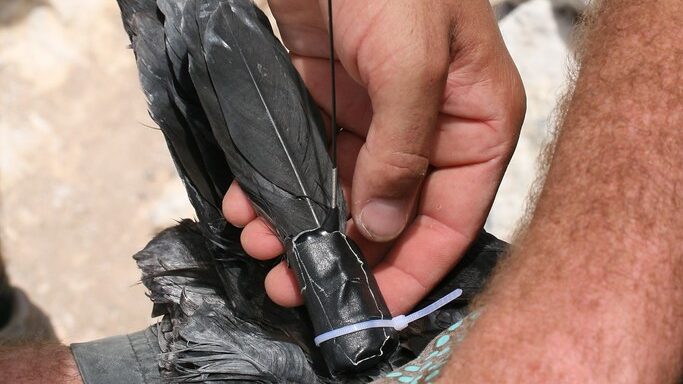
Addressing the challenges posed by shifting migration timing ultimately requires international cooperation, as migratory birds connect ecosystems across political boundaries and continents. Treaties like the Migratory Bird Treaty Act in North America and the African-Eurasian Migratory Waterbird Agreement provide frameworks for transboundary cooperation, but increasingly must incorporate climate adaptation considerations. International monitoring networks that track birds across their entire migratory routes using new technologies like miniaturized GPS transmitters and automated radio telemetry arrays allow for coordinated conservation actions across countries. Global databases that compile migration timing observations from both professional researchers and citizen scientists across multiple continents provide unprecedented ability to detect large-scale patterns as they emerge. Tackling the underlying causes of global warming through international climate agreements represents perhaps the most important long-term strategy for preserving traditional migration patterns, though adaptation strategies will remain essential even under the most optimistic emission reduction scenarios.
Conclusion
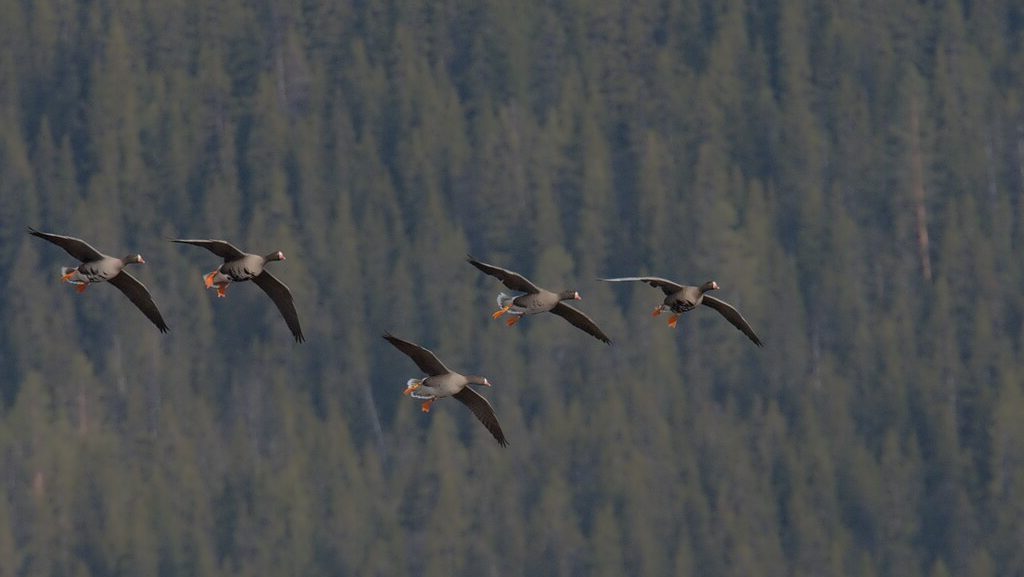
The shifting calendar of bird migration represents one of the most visible biological responses to our warming planet, offering both warning and wonder for those attuned to avian rhythms. For bird lovers, these changes require flexibility, careful observation, and a willingness to question traditional expectations about when and where birds should appear. While challenging for both birds and their human admirers, these shifts also offer unique opportunities to witness evolution in action as species test the boundaries of their adaptability. By maintaining detailed records, supporting conservation efforts, and creating bird-friendly environments with extended seasonal resources, bird enthusiasts can play meaningful roles in helping these remarkable travelers navigate an uncertain climate future. The migration calendar may be changing, but the fundamental wonder of birds’ transcontinental journeys remains a testament to the resilience and adaptability of life on our dynamic planet.
